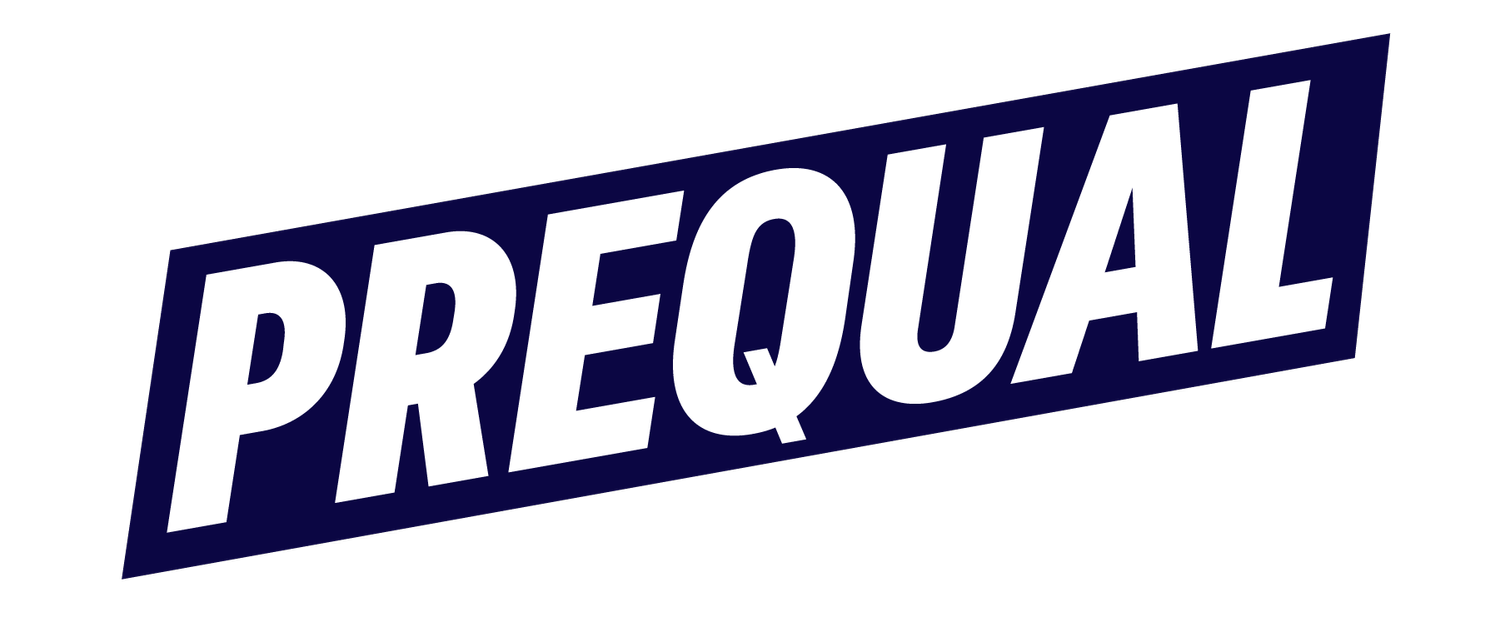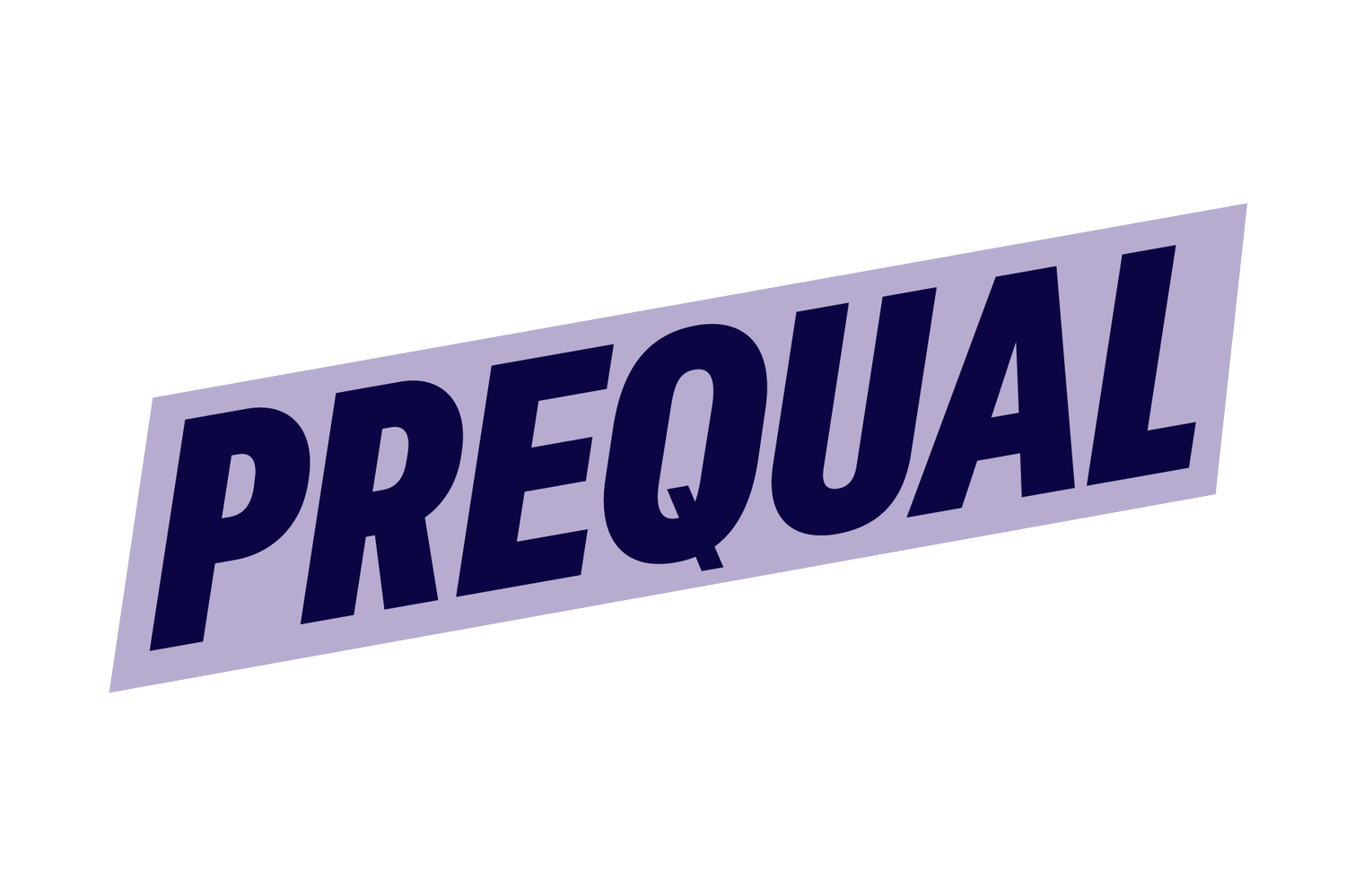Step 2: Goal Setting
In the last exercise, you defined the product or service you’re selling for the purposes of this sales plan. With that set, now it is time to set some revenue goals and define what your win looks like.
It's easy to say that you want to increase leads, increase the number of clients/customers you serve, and thus increase the dollars in your bank account. While this is undoubtedly part of our objective in a sales program, it's not the only way to measure success.
There are other qualitative and quantitative ways to measure progress and success, for example:
Pipeline Goals: # of prospective clients in your ecosystem/pipeline/network
Reach and Engagement Goals: Not just # of followers, but about your relationship with your followers.
# Opportunities to Pitch or Propose new business
Win/Close Ratio
Accountability and Structure Goals: Do you commit to sales activities and follow through with regular predictability?
Personal Fulfillment Goals: Are you doing things you like? Can you create traction and more work that you want to do? Are you attracting clients that you want to work with?
Without understanding how to measure progress, success, or a win, most sellers find themself just citing simple activities as a measure of progress. So keep these other ways to measure goals in mind when you’re goal setting.
Your task for today is to pick a goal that you think you can accomplish within the next week. It could be sending a pitch email, inviting someone from your network on a coffee date, submitting a proposal to your favorite podcast, sending a sales email, adding a specific number of new people in your pipeline, or making five sales calls. It’s up to you. Only you know what makes sense. Download today’s worksheet to get more ideas for and set your goal.
DOWNLOAD THE GOAL SETTING WORKSHEET.
Once you've set your goal, post in our community and crowdsource feedback and support. Who knows, maybe someone in our group is ready to buy what you’re selling?
Speaking of who’s buying what you’re selling, that’s on deck for the next lesson.
See you then.








